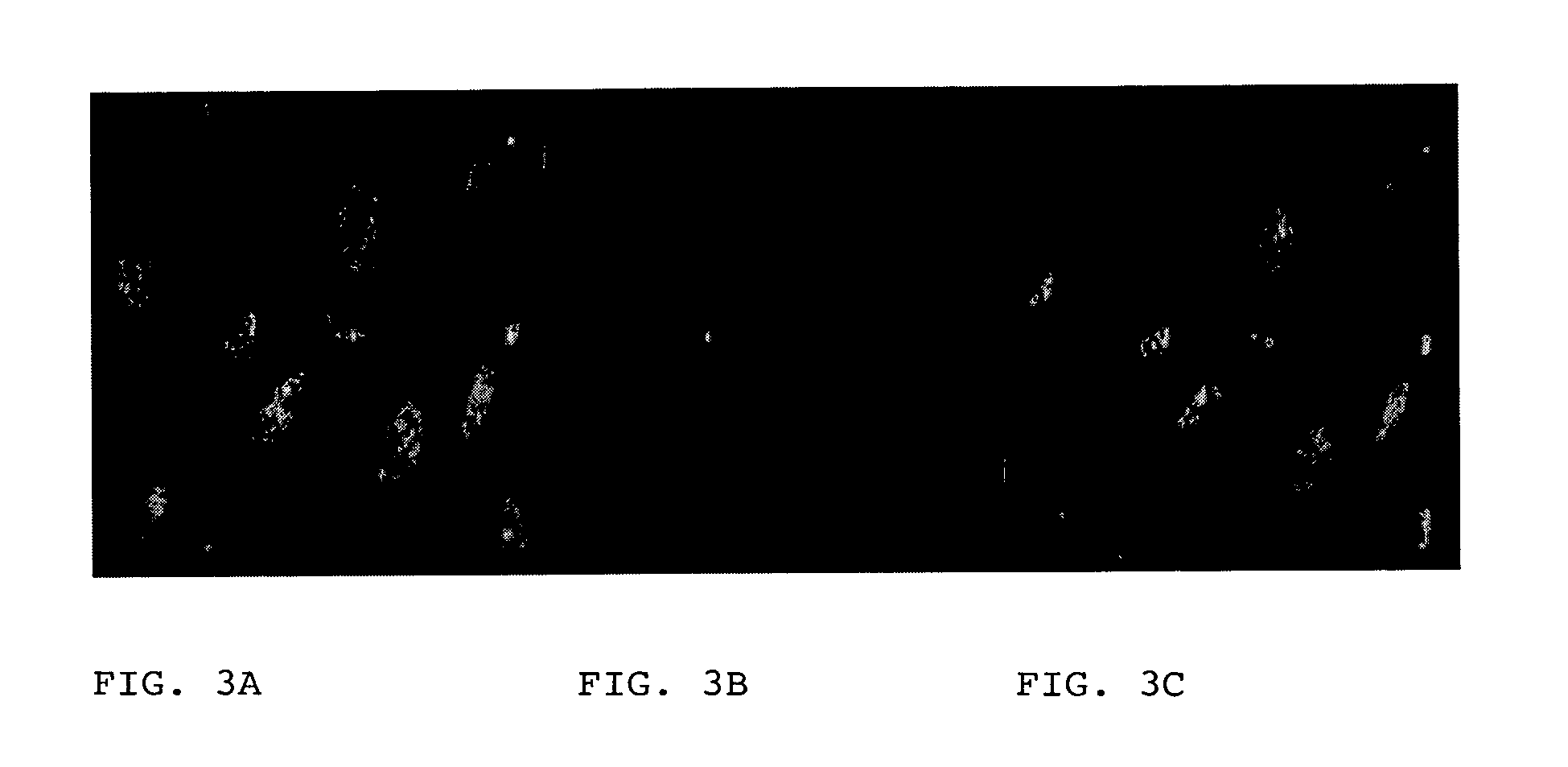Agonist polypeptide of receptor for Zot and Zonulin
a technology of agonist polypeptide and receptor, which is applied in the field of manipulation of agonist polypeptide of receptor for zot and zonulin, can solve the problems of reducing the immune response to environmental antigens, and achieve the effect of reducing the number of antigens
- Summary
- Abstract
- Description
- Claims
- Application Information
AI Technical Summary
Benefits of technology
Problems solved by technology
Method used
Image
Examples
example 1
[0068]Rat small intestinal tissues were analyzed by a combination of gel filtration chromatography and zonulin ELISA. Rat intestine homogenates were loaded on a sephacryl column (length 90 cm, diameter 2.6, cm calibrated with standard molecular weight markers) and fractions collected and analyzed by zonulin ELISA to determine zonulin concentrations. Of six fractions (F1-F6) tested, F5 contained the highest zonulin concentrations. Each fraction was resolved by SDS-PAGE, transferred, and immunoblotted with zonulin-immunoreactive, anti-Zot antibodies (FIG. 1B). Western analysis revealed two major bands that migrated with approximate apparent Mr of 24,000 and 23,000 in the zonulin-positive fraction, F5, while the zonulin-negative fractions, F1-4,6, each revealed only one immunoreactive band (˜24 kDa). Therefore, the ˜23 kDa band from F5 (see arrow FIG. 1B) was excised from a Comassie blue-stained gel and subjected to Matrix Assisted Laser Desorption Ionization (MALDI) mass spectrometry....
example 2
[0071]We have previously demonstrated that Zot binds to the surface of rabbit intestinal epithelium and that this binding varies along the different regions of the intestine (44). The binding distribution coincides with the regional effect of Zot on intestinal permeability and with the preferential F-actin redistribution induced by Zot in the mature cells of the villi (38, 44). To further characterize the Zot receptor, we performed the following experiments.
A. Binding Experiments
[0072]Binding experiments were performed with several epithelial cell lines, including IEC6 (rat, intestine), CaCo2 (human, villous-like enterocytes), T84 (human, crypt-like enterocytes), MDCK (canine, kidney), and bovine pulmonary artery (BPA) endothelial cells. For immunofluorescence analysis, confluent monolayers (2.0×105) on glass slides were incubated for increasing time intervals (5 min, 30 min, 60 min), at 4° C. or 37° C. with 5×10−9 M Zot or a negative control. Following incubation of monolayers with...
example 3
[0075]The Zot / zonulin synthetic inhibitor FZI / 0 binds to PAR-2. To establish whether FZI / 0 binds to PAR-2, double label, co-localization immuno-fluorescence microscopy was performed in Caco2 cell monolayers. Briefly, cells were incubated for increasing time intervals with either FITC-FZI / 0 or with mouse monoclonal anti-human PAR-2 antibodies, followed by incubation with rhodamine-labeled anti-mouse IgG antibodies. Cells were then washed 3 times with PBS, fixed in 3.7% paraformaldeyde in PBS (pH 7.4) for 15 min at room temperature, the cover slips were mounted with glycerol-PBS (1:1) at pH 8.0 and analyzed with fluorescence microscopy (ZEISS). Immunofluorescent particles were visualized in both FITC-FZI / 0- and anti-PAR-2 antibodies-exposed cells (FIG. 3). Overlapping of the two images showed colocalization of the PAR-2 receptor and FZI / 0 was evident (FIG. 3).
PUM
 Login to View More
Login to View More Abstract
Description
Claims
Application Information
 Login to View More
Login to View More - R&D
- Intellectual Property
- Life Sciences
- Materials
- Tech Scout
- Unparalleled Data Quality
- Higher Quality Content
- 60% Fewer Hallucinations
Browse by: Latest US Patents, China's latest patents, Technical Efficacy Thesaurus, Application Domain, Technology Topic, Popular Technical Reports.
© 2025 PatSnap. All rights reserved.Legal|Privacy policy|Modern Slavery Act Transparency Statement|Sitemap|About US| Contact US: help@patsnap.com



